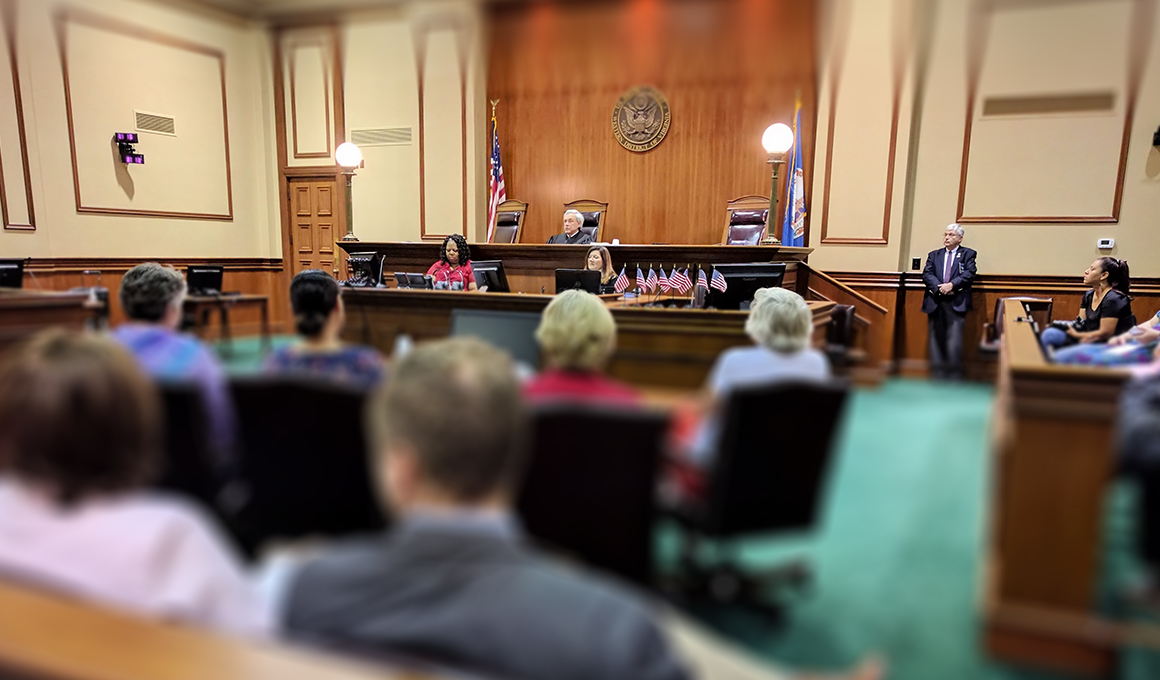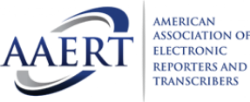The Role of Trial Presentations in Creating Persuasive Closing Arguments
The Role of Trial Presentations in Creating Persuasive Closing Arguments
Blog Article
Why Strong Trial Presentations Are Key to Legal Success
The relevance of strong test presentations can not be overstated in the world of legal technique. The nuances of effectively adjusting these presentations to varied juror backgrounds present complexities that warrant additional exploration, specifically in the context of achieving desirable results in tests.
Value of Effective Interaction
How can reliable communication form the outcome of a lawful test? Efficient interaction is critical in a lawful setting, as it works as the conduit via which arguments, evidence, and lawful principles are shared to judges and courts. Clear expression of facts and lawful precedents enables for a convincing presentation that can significantly affect the decision-making procedure. In the court, the ability to present complicated details in an accessible way is important, as jury participants may not have a legal history.
Furthermore, reliable communication cultivates rapport and trust between lawyers and their clients, improving partnership and making certain that all celebrations are aligned in their objectives. It likewise plays an important duty in court option and engagement, where the ability to connect with jurors can impact their receptiveness to the case. Additionally, non-verbal communication, such as body language and eye contact, contributes to the overall impression an attorney makes, reinforcing spoken messages.
Inevitably, understanding reliable interaction can cause a much more compelling and meaningful presentation, increasing the likelihood of a favorable judgment. Hence, lawyers must focus on refining their communication skills as a cornerstone of their test prep work and technique.

Crafting an Engaging Story
Reliable interaction lays the groundwork for crafting a compelling narrative in legal trials. A well-structured narrative not only engages the jury however additionally makes clear intricate lawful issues. The goal is to present the facts in such a way that resonates emotionally and realistically with the audience, enabling them to comprehend the situation from the client's point of view.
To accomplish this, attorneys ought to determine the central theme or message of the case, which acts as the foundation of the narrative. Each piece of evidence and witness testimony should be woven right into this motif, enhancing it as opposed to diminishing it. This creates a natural storyline that is easy for the court to adhere to.
In addition, using relatable characters-- be it the plaintiff, defendant, or vital witnesses-- can humanize the situation, making it a lot more remarkable. Lawyers must also consider the pacing of their story, guaranteeing that defining moments are highlighted which the story unfolds in a sensible development.
Ultimately, a compelling narrative transforms the discussion of facts right into a convincing disagreement, guiding the court toward a beneficial conclusion while making certain that the complexities of the lawful system stay available and understandable.
Making Use Of Visual Aids
Aesthetic aids play a critical function in enhancing the understanding and retention of information throughout legal trials. By offering complicated information and disagreements aesthetically, attorneys can streamline elaborate information, making them more obtainable to jurors. Charts, charts, and images can successfully highlight crucial factors, enabling jurors to realize vital realities quickly.
Using aesthetic aids not just help in clarity however additionally engages the audience's focus. Jurors are more likely to bear in mind information provided aesthetically than via look these up verbal explanations alone. As an example, showing timelines through visual representations can make clear the series of events, assisting jurors comprehend the context of the instance.
Additionally, aesthetic help can aid to highlight disparities forthcoming, making them much more noticable. When made use of purposefully, they can emphasize the strength of the argument or expose weaknesses in the opposing side's case. trial presentations. Making use of innovation, such as interactive presentations or animations, can additionally improve interaction and understanding
Involving the Jury Mentally
Commonly, effective test discussions need more than simply rational arguments and valid evidence; they must likewise reverberate on an check my site emotional degree with jurors. Engaging the jury emotionally can substantially affect their understanding of the situation and their supreme decision. By crafting a narrative that humanizes the events entailed, attorneys can create a psychological connection that motivates jurors to feel sorry for the customers' experiences.
To achieve this, legal representatives ought to focus on narration methods that highlight the personal risks and real-life ramifications of the instance. This might include sharing emotional stories or using effective visuals that evoke sensations of compassion, temper, or unhappiness. Such components can help jurors see past the lawful complexities and understand the human measurements of the circumstance.
Furthermore, the use of tone, body movement, and eye call throughout the presentation can further boost psychological engagement. A lawyer's authenticity and interest can resonate with jurors, making them more responsive to the arguments existing. Eventually, when jurors really feel mentally spent in a situation, they are most likely to remember the crucial messages and deliver a desirable decision. Hence, emotional involvement is an important part of a compelling test presentation.
Adapting to Target Market Assumptions
Understanding the assumptions of the court is important for a successful test discussion. Jurors come with presumptions affected by individual experiences and societal narratives, which can substantially influence their decision-making. As such, tailoring your discussion to straighten with these assumptions can enhance your persuasive power.

Furthermore, establishing integrity is paramount. Jurors expect lawyers to existing evidence and arguments that are not just engaging however also ethically sound - trial presentations. This includes being transparent about the toughness and weaknesses of your instance, which cultivates count on and regard
Lastly, prepare for jurors' inquiries and concerns. Resolving possible uncertainties proactively demonstrates an understanding of their viewpoint and a dedication to clearness. By adjusting your discussion to meet target market assumptions, you create a more engaging narrative, eventually improving the chances of a favorable judgment.

Verdict
To conclude, solid trial presentations are extremely important to achieving legal success. Reliable communication, an engaging story, tactical use visual help, emotional engagement with the jury, and adjustment to audience assumptions jointly boost juror understanding and retention of critical details. These components not just establish the reliability of the offering party however additionally considerably affect juror perceptions and decision-making. Understanding the art of trial discussion is vital for lawful professionals intending to protect favorable results.
Report this page